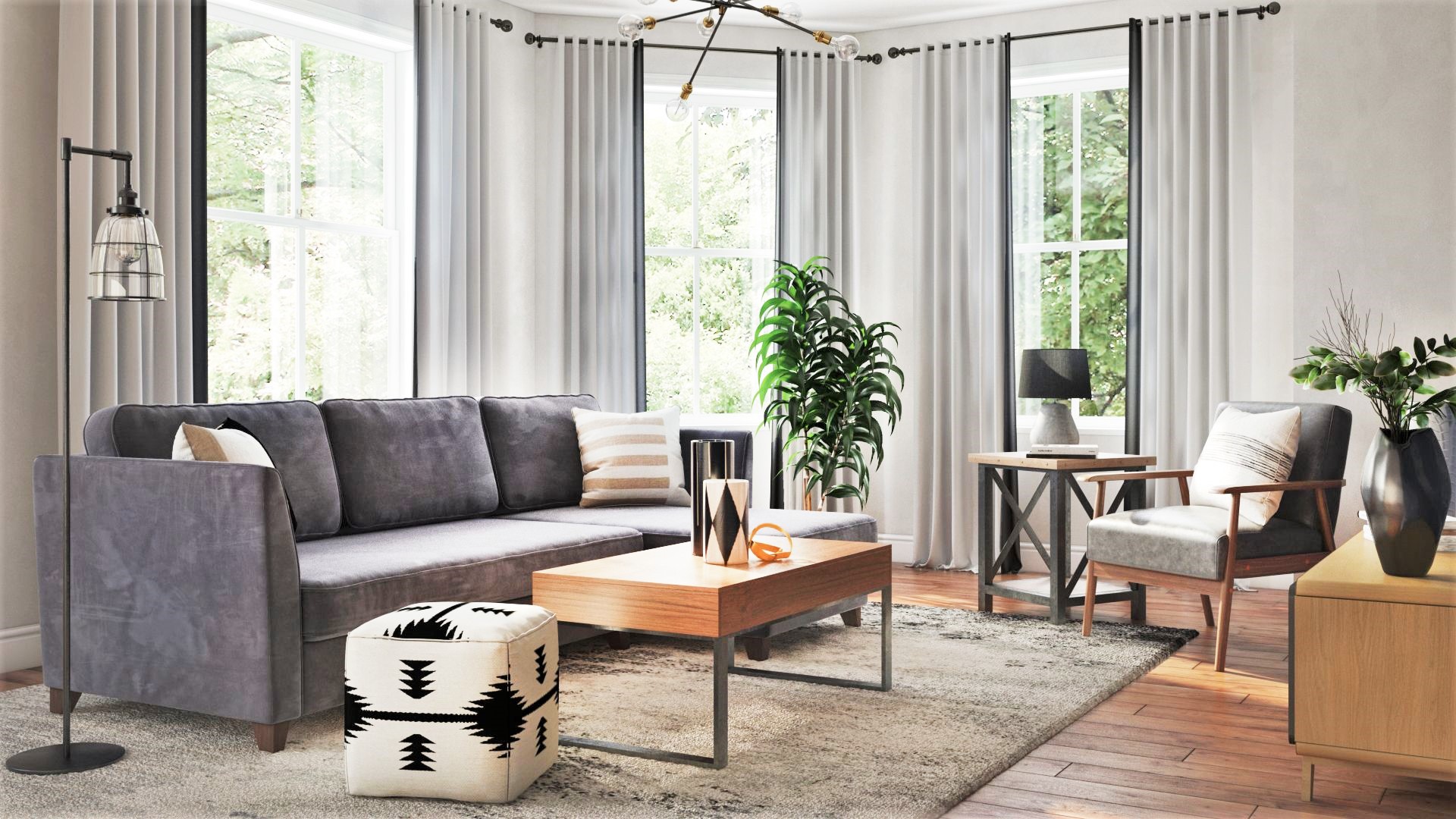Neurodiversity and Interior Design. Why Neurodiversity Matters in Interior Design
The term “neurodiversity” celebrates the idea that neurological differences are natural variations of the human experience, much like diversity in ethnicity or culture. These differences include conditions such as autism, ADHD, dyslexia, sensory processing disorder, and many others. For interior designers, understanding neurodiversity means approaching design with empathy, creativity, and adaptability.
The field of interior design is evolving to become more inclusive and responsive to diverse needs. Designers are gaining knowledge and expertise to create sensory-friendly and adaptive spaces. By embracing these practices, designers contribute to a world where everyone feels valued and accommodated .
Our environment shapes how we feel, think, and interact with the world. For neurodiverse individuals, the design of a space can profoundly influences comfort, focus, and well-being. An overly bright or chaotic room might be overwhelming, while a thoughtfully designed, personalized space can promote calmness and productivity.
Neurodivergent people may experience heightened sensory sensitivities, different communication needs, or preferences for structured routines. Interior design tailored to these unique needs can foster accessibility, independence, and empowerment, ensuring that homes become true havens for the people who live in them.
Every person’s experience with neurodiversity is different, so cookie-cutter solutions won’t suffice. Listening to the individual’s or family’s preferences is crucial to ensure the design supports their routines, comforts, and goals. By prioritizing collaboration, designers can create environments that truly reflect the uniqueness of the individuals who occupy them






